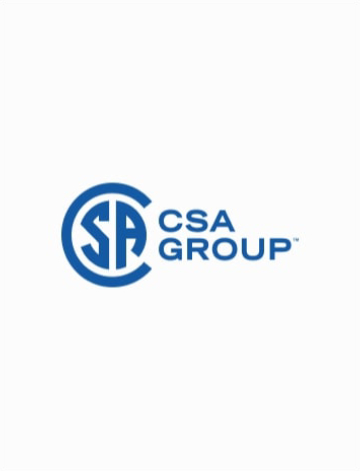
Current Edition
GAS TRADE: UNIT 22 (7th ed. pub. 2020)
Gas Trade: Unit 22 - Venting practices
- English
- Publication Year 2020
- Published by CSA Group
Available Formats:
Language:

Gas Trade: Unit 22 - Venting practices